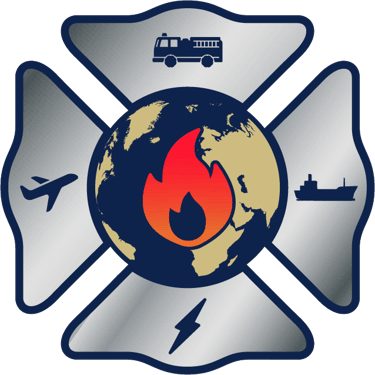Frequently asked questions
What is Thermal Stop?
Thermal Stop is a water-based agent for effectively handling lithium-ion fire incidents. Thermal Stop is designed to interrupt the battery’s chemical reaction, slow cooling to limit thermal shock in nearby cells, and absorb smoke during use.
Does Thermal Stop stop lithium-ion thermal runaway?
Yes. Thermal Stop is specifically designed to stop the chemical reaction during lithium-ion thermal runaway.
Where can Thermal Stop be used for lithium-ion issues?
E-bikes and scooters, vehicle battery sections and full vehicles, battery-energy storage systems, laptops, battery banks, and power tools.
What fire classes does Thermal Stop address?
Class A, B, C, and D hazards. Class K requires different nozzles and pressure and isn’t positioned for multi-purpose use.
Is training available?
Yes. Specialty Fire Solutions provides training, including how to apply Thermal Stop and monitor lithium-ion scenes.
Is Thermal Stop safe to use around people and common materials?
Yes. Thermal Stop is designed to be human contact and environmentally safe. For sensitive finishes or gear, clean or rinse after use.
Does Thermal Stop conserve water during lithium-ion incidents?
Yes. Crews can use about one 500-gallon engine tank instead of roughly 30,000 gallons on EV incidents.
Does Thermal Stop reduce hazardous runoff or pollution?
Faster knockdown and smoke absorption mean less contaminated water to manage.
Is this a proven approach?
Thermal Stop has been tested and successful across a number of environments, and has been successful across a wide array of events including EV, Electric Scooter, and small lithium ion battery fires.
What lead time and shelf life should I plan for?
Plan for 30–60 days lead time. Shelf life is twenty years.
Who is behind Thermal Stop?
Specialty Fire Solutions brings suppression, operations, and engineering experience together to take on lithium-ion fire challenges. We focus on clear technique, faster control, and using far less water at these incidents. We also support youth/explorer and community risk-reduction programs.
Do your products conserve water and reduce runoff/pollution?
Enhanced wetting and cling improve effectiveness so users often need fewer gallons than plain water, which can reduce contaminated runoff and post-incident handling.
Do they help reduce firefighter exposure during EV incidents?
They’re an additional tool that can speed cooling/containment and shorten exposure windows. They do not eliminate the need for EV protocols, isolation, and monitoring.
What makes your formula work compared to other brands?
A proprietary plant-derived surfactant system improves wetting, cling, and heat transfer on hot/porous fuels, enabling faster cooling and re-wetting without PFAS.
Will we see ROI/cost savings?
Agencies often realize value via faster knockdown, lower overhaul time, reduced collateral damage, and less water—plus simplified cleanup and environmental compliance.
Customized fire solutions for unique thermal threats.
© 2025. All rights reserved.
